The Pradhan Mantri Ujjwala Yojana (PMUY) scheme was introduced in 2016 to combat the rapidly increasing levels of indoor pollution in rural houses due to the use of firewood and agricultural waste for cooking. Indoor pollution is now one of the top causes of respiratory diseases in women and children.
However, indoor air pollution is present in urban households, too albeit from different sources. Chemical-laden cleaning supplies, allergens like mould and pollen, harmful gases like carbon monoxide trapped by improper ventilation, and toxicity in materials like asbestos, carpet fibres, and lead are some of the causes for causing respiratory diseases due to unclean air.
Indoor air pollution is a serious issue, and here we give you a few tips to ensure clean air indoors.
Air purifiers
Air purifiers are increasingly becoming a popular item in Indian households as more people become aware of indoor air pollution. Air purifiers are capable of mopping up impurities like dust, pollen, and other irritants, including PM 2.5 particles, which are the most hazardous.
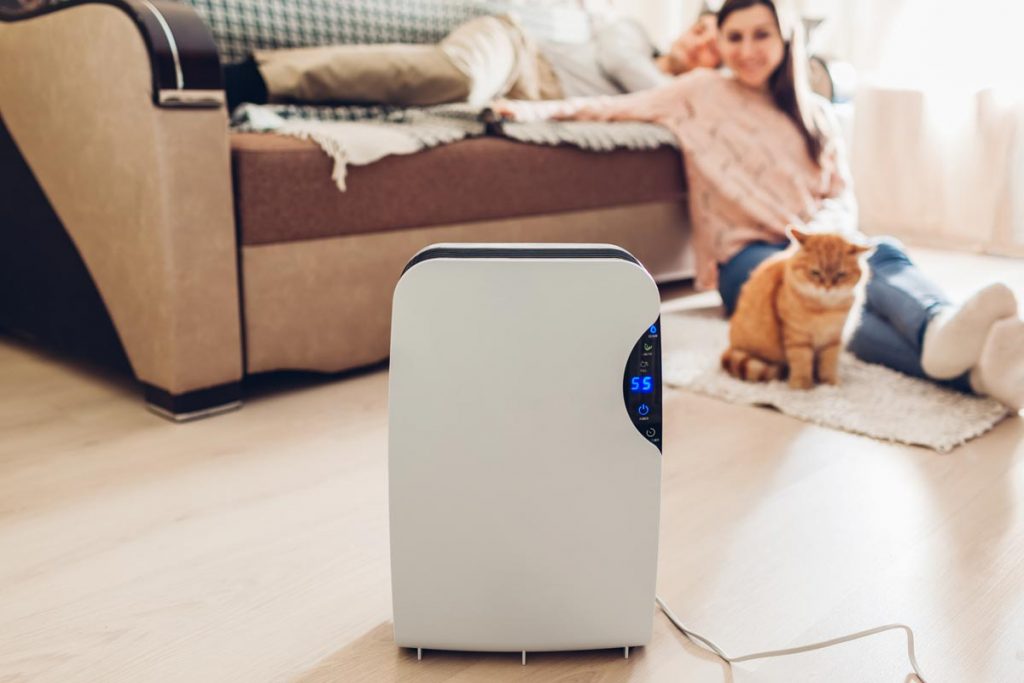
While it is still unclear if they are impactful enough to reduce the incidence of asthma and other respiratory problems, air purifiers do clean the immediate environment, enough to give you some clean, fresh air.
Non-toxic paints
Getting your house painted? Choose non-toxic, eco-friendly paints to cut down air pollution indoors. Interior paints are one of the most common causes of contaminating the atmosphere in your home as they emit harmful chemicals like Volatile Organic Compounds (VOCs), formaldehyde, and lead.
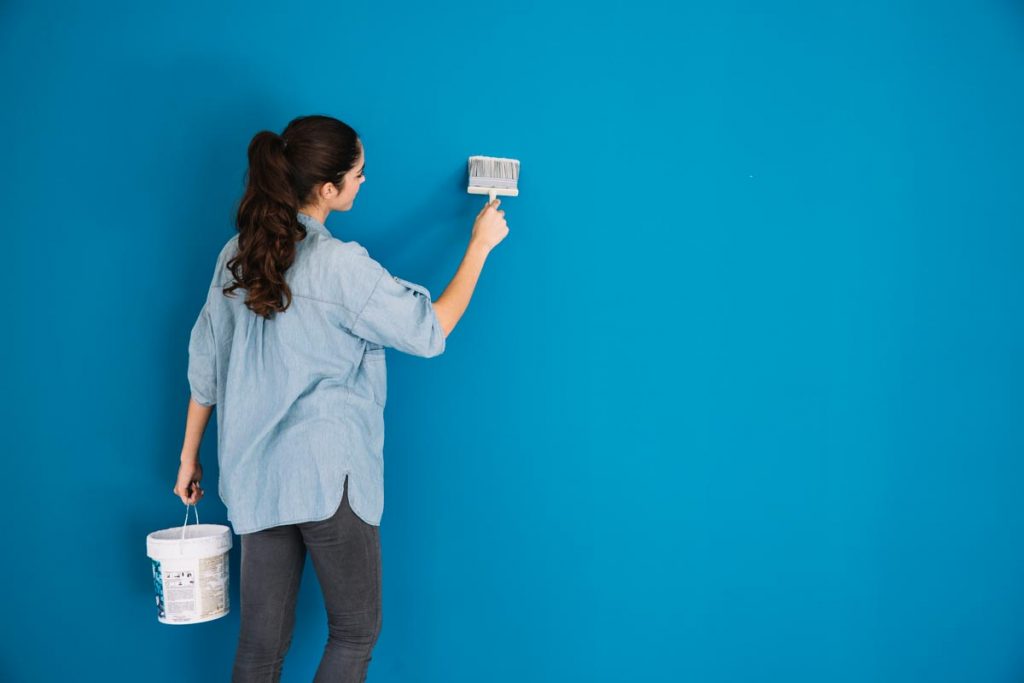
Shockingly, your walls continue to emit these compounds years after your walls have been painted. Opting for paints made of natural materials like milk, resins, and natural dyes and oils ensure that your family remains healthier.
Green your home
Plants have always been natural absorbers of harmful components in the air, including carbon dioxide. Incorporate some potted plants in all corners of your home, hang up planters, or make a living wall if you have the luxury of space. Plants release fresh oxygen into the air, and the more greenery you have inside, the better the air quality.
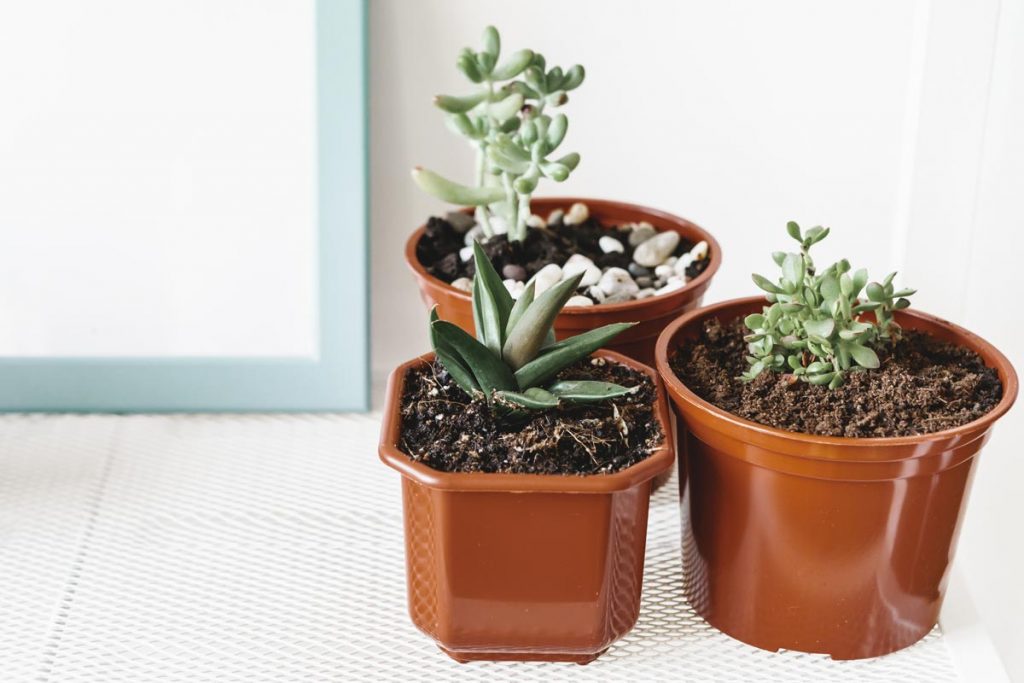
Reducing fragrance products
Who doesn’t like a sweet-smelling berry-scented candle or an air freshener that perfumes the air with citrus notes? Most of us are slaves to uplifting fragrances, but they also pollute the air in our homes as they release toxic compounds like formaldehyde.
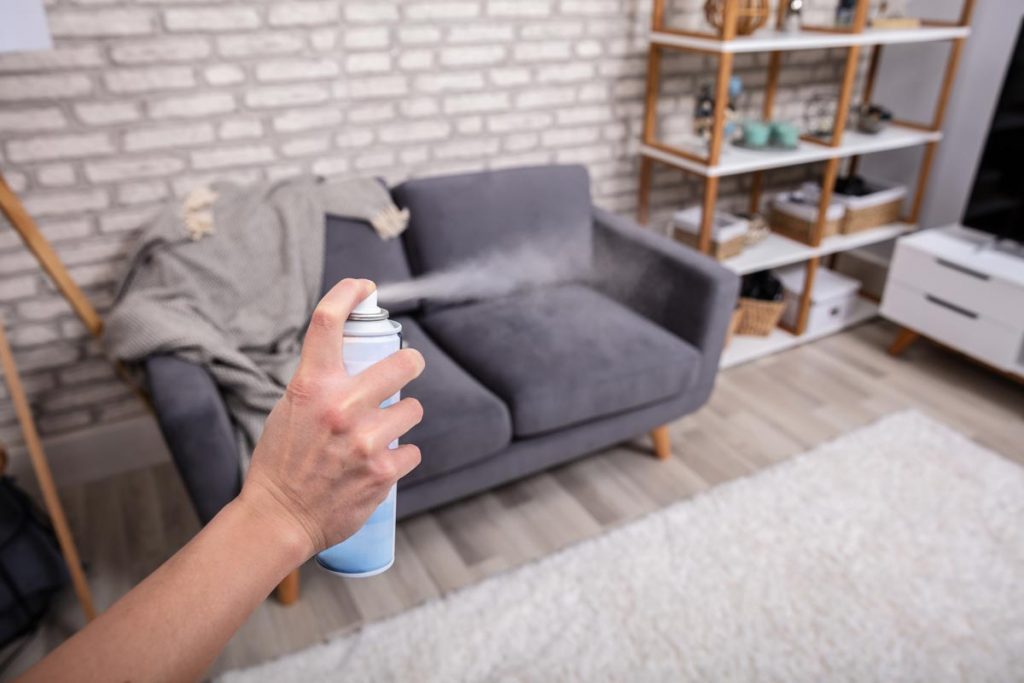
But don’t throw away those candles and air fresheners just yet. Combining their use with the increased presence of indoor plants helps mitigate their harmful effects. And of course, the best way would be to opt for chemical-free, organic candles and air fresheners to keep you and your family entirely out of harm’s way.
Exhaust fans and ventilation
Do you find yourself constantly turning off the exhaust fan while you cook due to the noise it makes? It might help you hear your music better, but it does not bode well for the air quality in your home. The chimney and exhaust fan exists in your kitchen to remove irritants and contaminants in the air that are produced while cooking. The smoke while frying and other fine particles that are released without our knowledge during cooking are unhealthy in the long run.
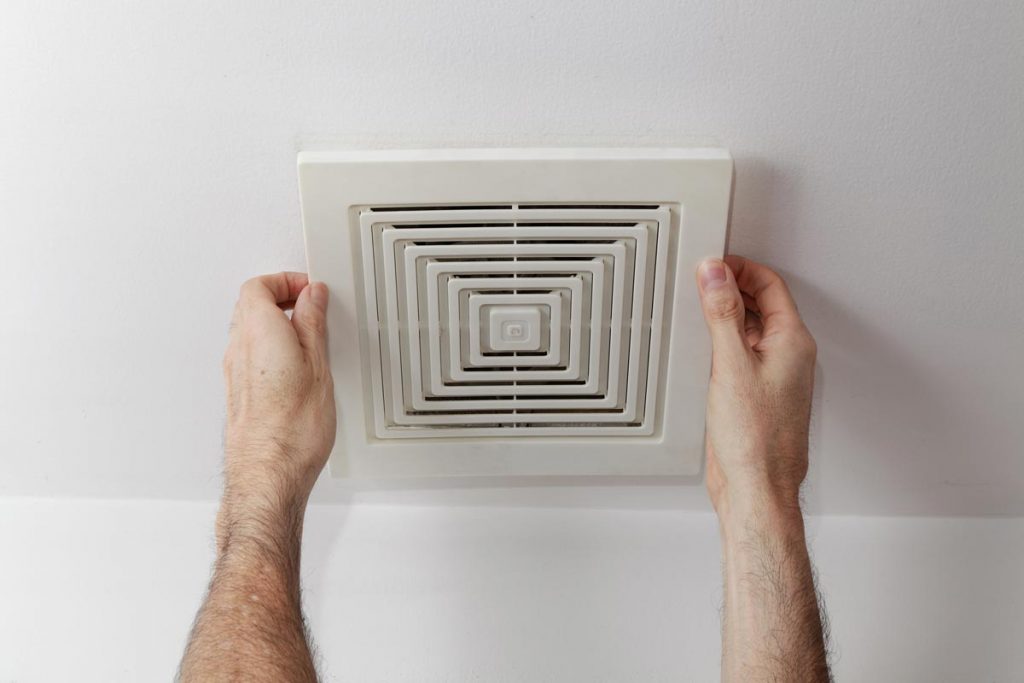
Ensure there is proper ventilation by keeping windows open as much as possible while cooking, and use the exhaust fan every time you cook to keep the air in your home pure and clean.
Read More: Five Tips for a Green Home







Really good ideas get from this article. One can do vertical gardening, using proper ventilation techniques, using of natural air and ventilation to defuse any foul smell instead of using room fresheners as they contain chemicals, In-door plants, using mesh in balcony that will prevent entry of dust.
Improperly maintained heating and ventilation systems are one of the leading causes of poor indoor air quality. By repairing broken units, fixing ductwork, and installing an air purifier, you may be able to improve your indoor air quality.